| The Rhino |
|
When people think of African animals they often think of the Lion, to many people the lion represents the view of the large dangerous predator roaming through sub Sahara Africa. Others think of some of the animals that are unique in terms of shape and behavior such as the giraffe, which is many ways, is unlike any other mammals we have on any of the continents, not just in Africa. Visitors to Africa then do a bit of research on what animals they want to see, which then often results in many people wanting to see "The Big Five". The five most famous African safari animals, which were originally named because they were considered the five hardest and most dangerous animals to hunt on foot. Although some commercial hunting still exists, the term big five is now more often used within the tourist industry and by safari operators as a target for wildlife viewing, tourism revenue, and for wildlife photographers. Current thoughts are that the big five are still found in seven sub Saharan countries. Many, many animals are in danger of extinction in Africa including many of the smaller and lesser known mammals and birds. Further afield, the extinction threat hangs over some very well known and iconic species such as Polar Bears, panda and many other species of bear, and many whale species. Unfortunately this is a growing list. All of these animals and many more all deserve our help before its too late. |
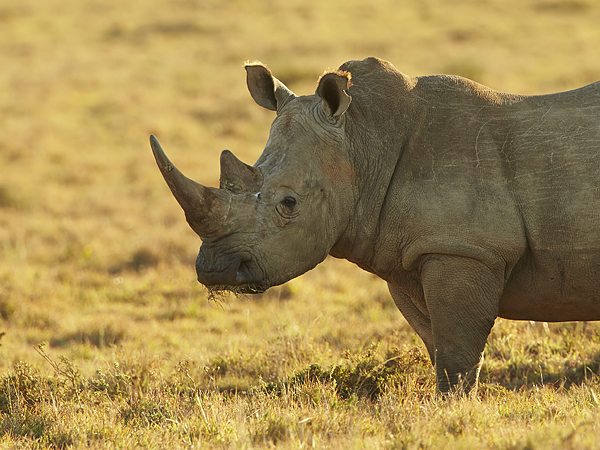 |
|
The Five Species of Rhino Across the world there are five species of Rhino, and they are all in danger due to poaching, these are:
The Jarvan Rhino is the most endangered and the WWF estimate that there are as few as 35 individuals left in the wild. It is thought that they became extinct in Vietnam in 2010, and the remaining individuals are all in the Ujung Kulon national park in Java. The Sumartrun Rhino is found in both Borneo and in Sumartra where both poaching and habitat loss has lead to a decline in numbers. There are three sub-species, but it might be too late and one of these may already be extinct. Of the remaining Sumartrun Rhino's, It is thought that there are now fewer than 200 Sumamean rhinos left in the wild. The Greater One Horned Rhino has increased from an estimated 200 in the wild to 2500 today, but is still in danger. It comes from a wide geographic range across India and Nepal. Of the two African species, the Black Rhino is also endangered, there are thought to be between 4000 and 5000 Black Rhinos left in the wild. Of the five Rhino species the greatest numbers are the White Rhino, which is less critically endangered by some margin, indeed the number of White Rhino are greater than the combined number of other rhino species.. There are 20 000 White Rhino. |
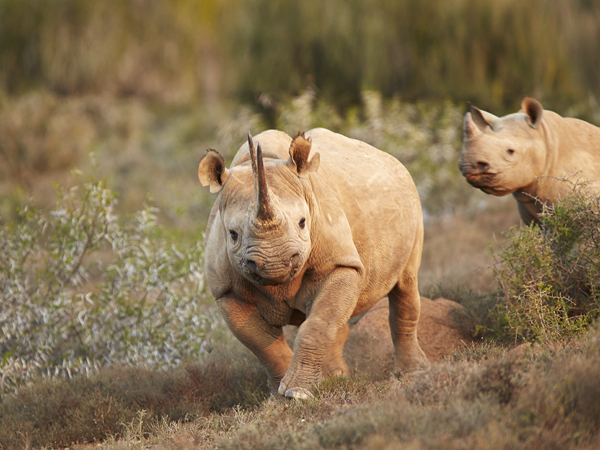 |
| My first visit to Africa was back in 1992, I was lucky, during this visit, I saw both Black and White Rhino. This was back in the days of film, since then I have managed to see both species again several times. This photo story is about some of these sightings, it includes a few of my rhino images, and some of the things we have seen around Rhino whilst in Africa. |
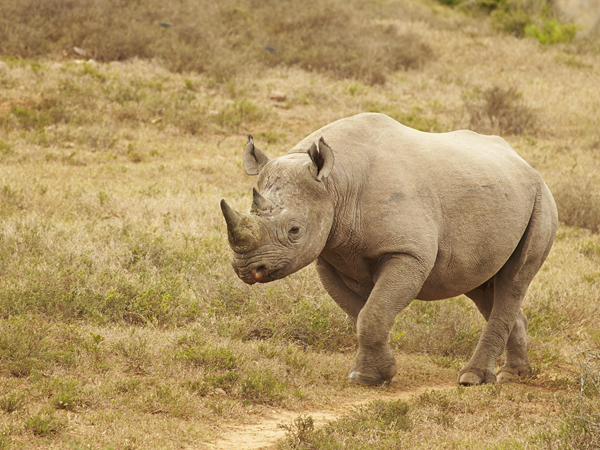 |
|
Above - Black Rhino Below - White Rhino |
 |
|
As stated above, there are two species of rhino in Africa, The Black and the White.
Black Rhino The Black Rhino is grey in colour (the same as the white rhino is also grey), it has hooked lips and the shape of the face and lips is is one of the easiest ways of telling the two species apart. These lips are designed for eating vegitation and the diet is mainly shrubs and low branches. They grow to 1.6 metres tall which is only slightly smaller than the White Rhino. They have a reputation as being agressive, but all rhino have poor eye sight, and like all mammals they become agressive when they feel threatened. This is especially when they are with their young. Black Rhino can run surprisingly fast (they are able to out run most people) and this also leads to the reputation that they are agressive, when they are actually very efficient movers given their size and bulk. Most Black rhino tend to be solitary animals other than mothers with young.
White Rhino No one knows when the tern "white Rhino" came about, and who started using it first. But it is widely thought that it has come from the name "wide Rhino" as the white rhino have a very square and wide mouth. The white Rhino is the second largest land animal (the bigest being the African elephant) and a fully grown adult can reach two tons in weight. Despite this, they are gentle and spend much of their day eating grass which forms the vast majority of their diet. Indeed the "white" "wide" lips are specifically for grazing. |
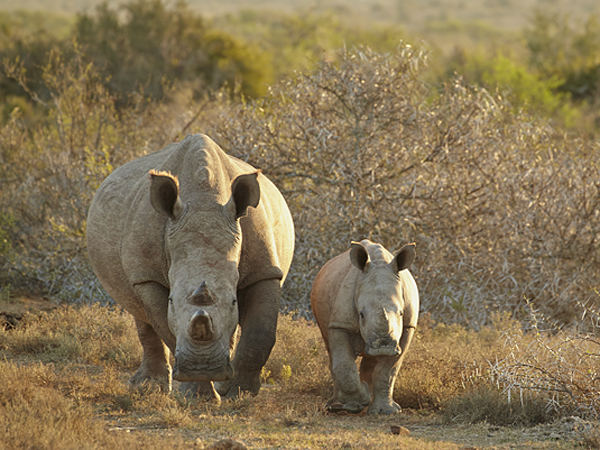 |
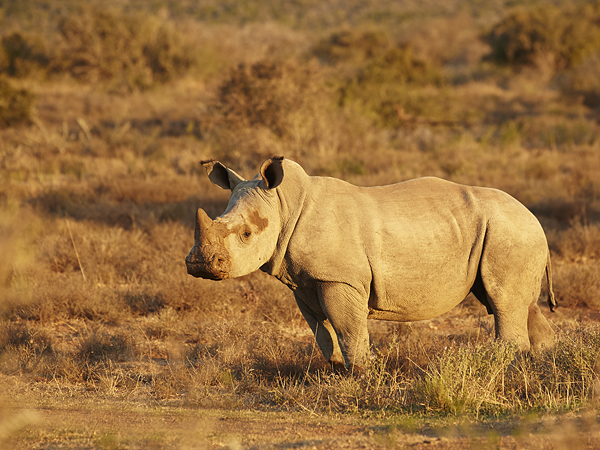 |
|
Everyone wants to see and photograph young animals, and this includes Rhino especially given the status of Rhino. Rhino can not really be seen as one of one of the cute species, they don't have the same "arrrr" factor as baby lions, or cheetah, but they are really great to see. The young Rhino featured on this page are of both White Rhino young (the two images above) and Black Rhino young (the image below). |
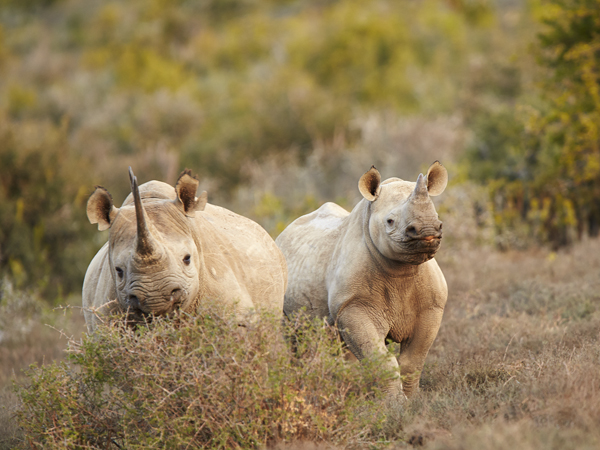 |
|
Rhino Poaching Unfortunately Rhino poaching is on the increase, and as such the exact locations where these images were taken has deliberately not been disclosed. They were taken over a number of visits and were in both the karoo and the eastern cape regions of south Africa. Rhino poaching is big business in terms of financial reward for the poachers, and there was a very visible presence of several different anti poaching operations at all of the places we visited.
During the past few years, I have seen Rhino at four separate locations, and amongst the security in place has been the following:
The above is costing a huge amount of money every day, but unfortunately its still not working. Rhino are still falling victim to poachers at an alarming rate.
Many of the wildlife reserves purchase new animals to alter the gene pool, and this is especially true for the big five, which can be expensive. But the fact remains that Rhino are worth a lot more dead and in the wrong hands, than they are when they are alive when the value is measured purely in cash.
But there is no cash value that can be put on the long term survival of any species. There is no cash value to the ability to see them in the wild and take images for yourself as I was fortunate enough to achieve. |
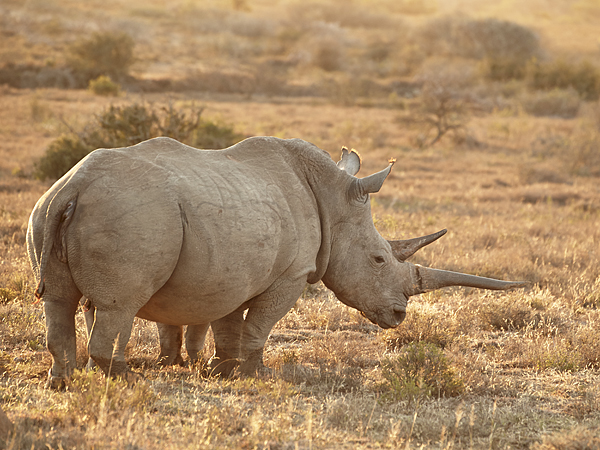 |
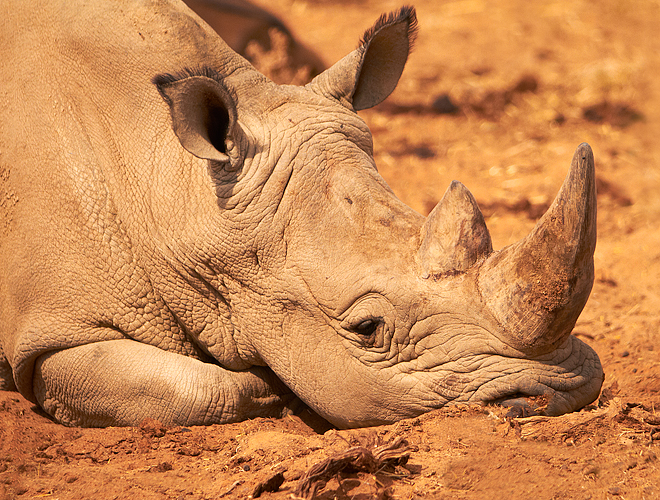 |
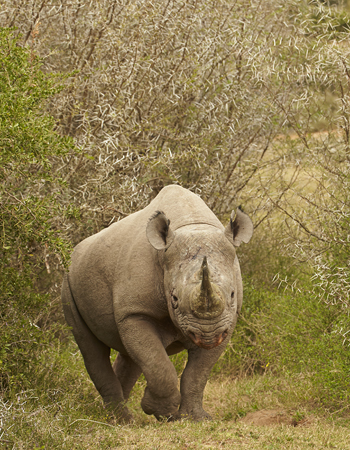 |
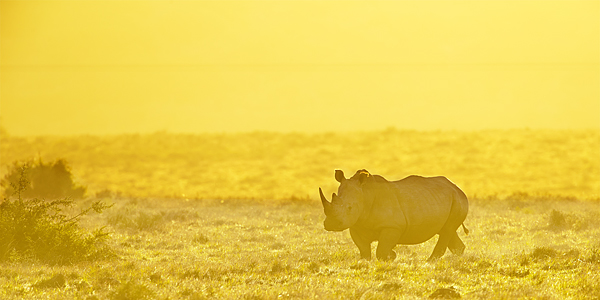 |
|
Further information can be found on the following Websites
World Wide Fund For Nature (WWF) - Rhino International Rhino Foundation
|
